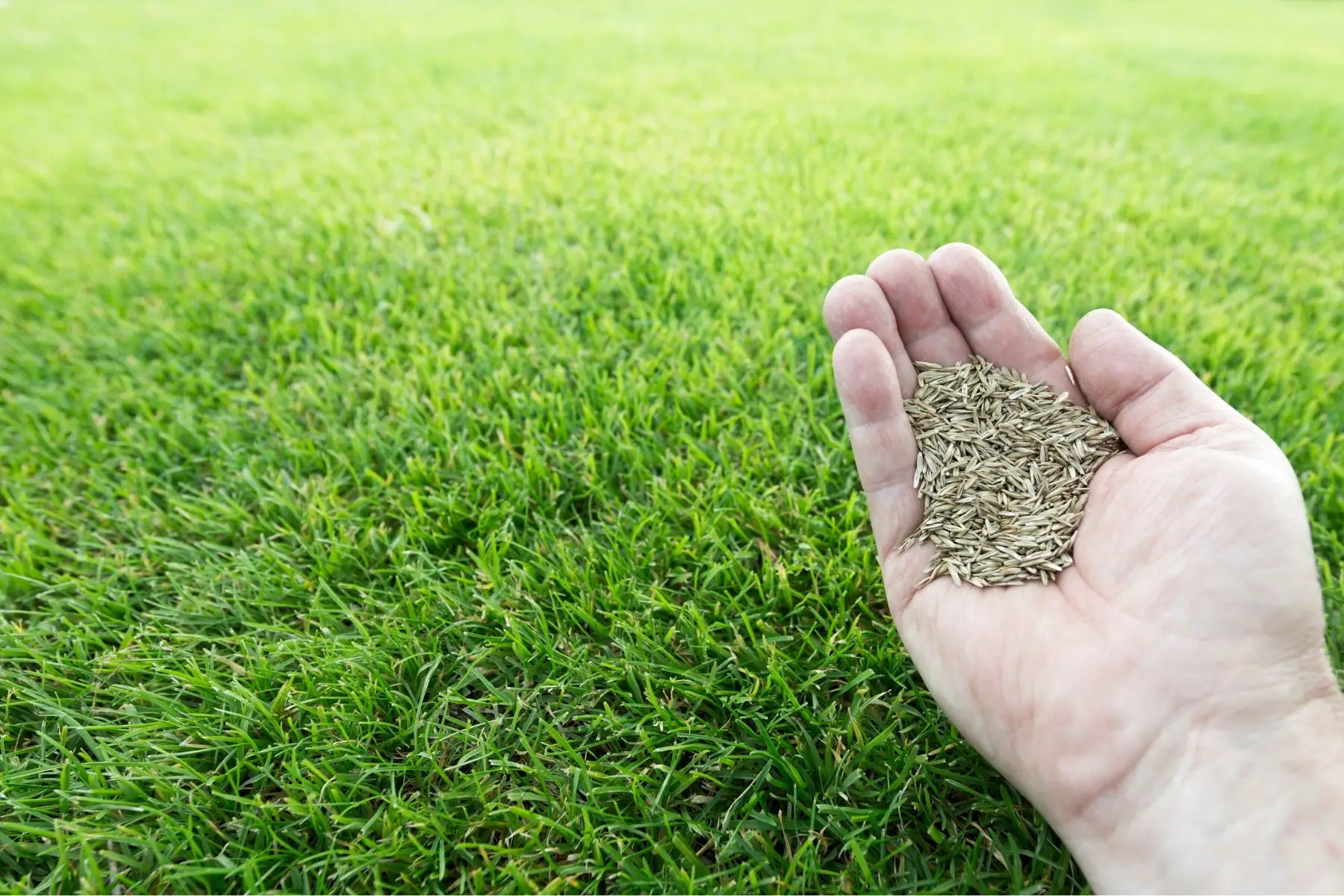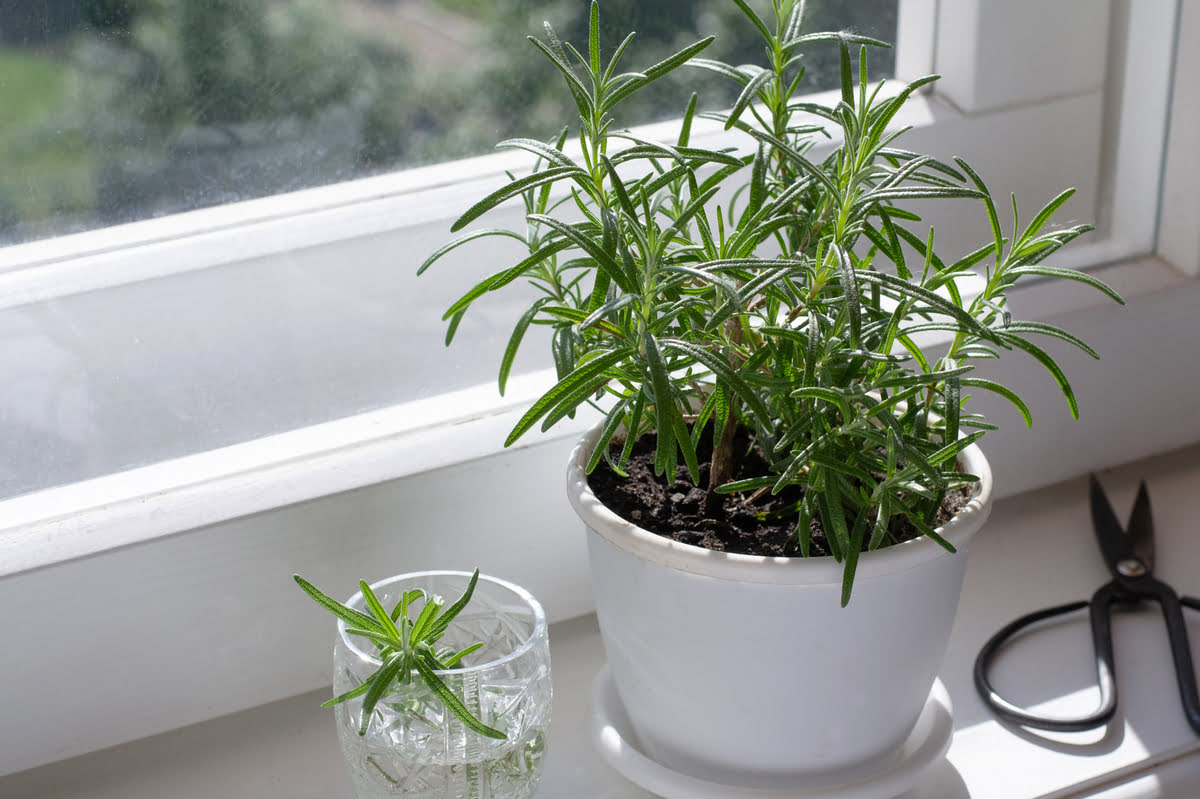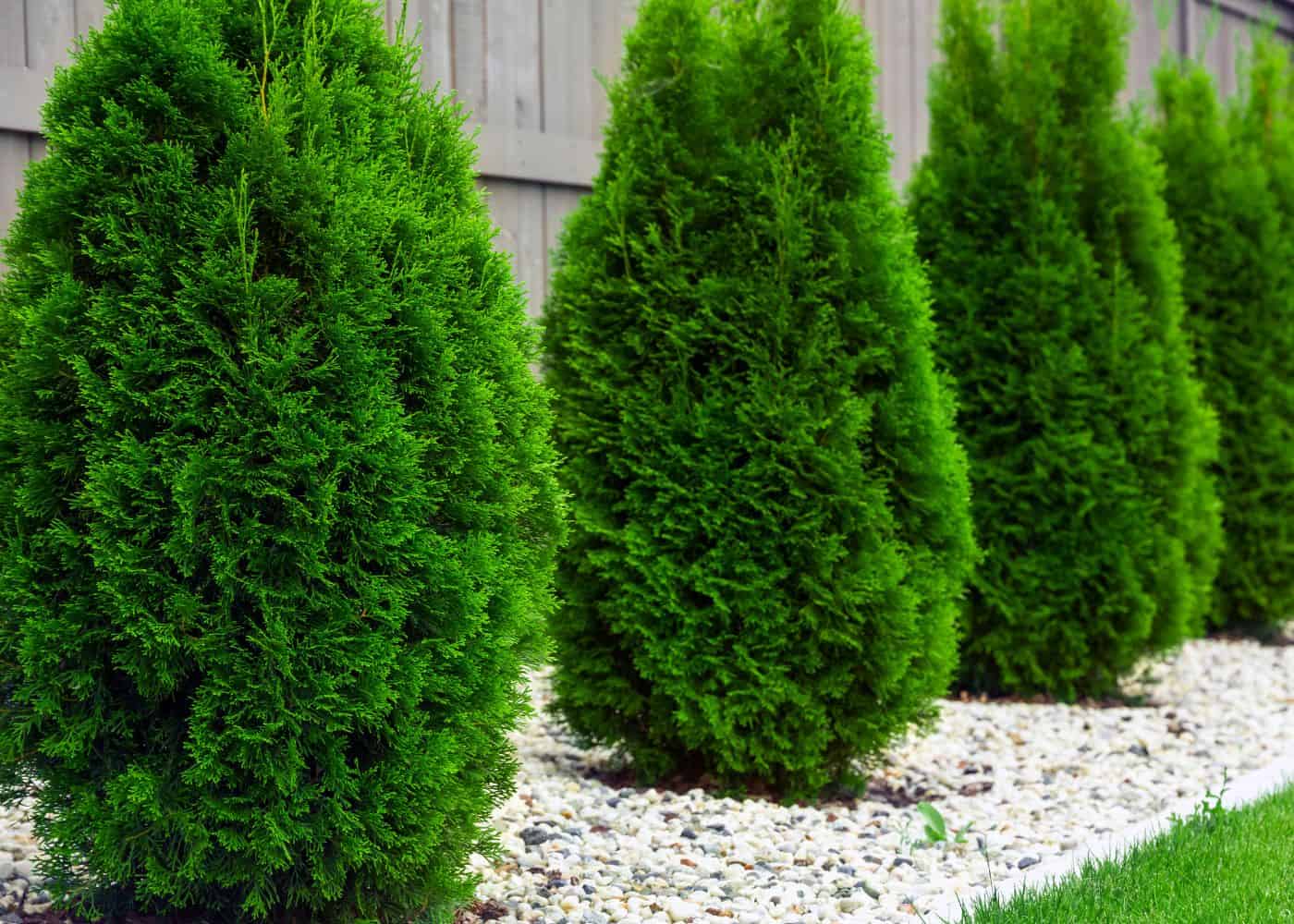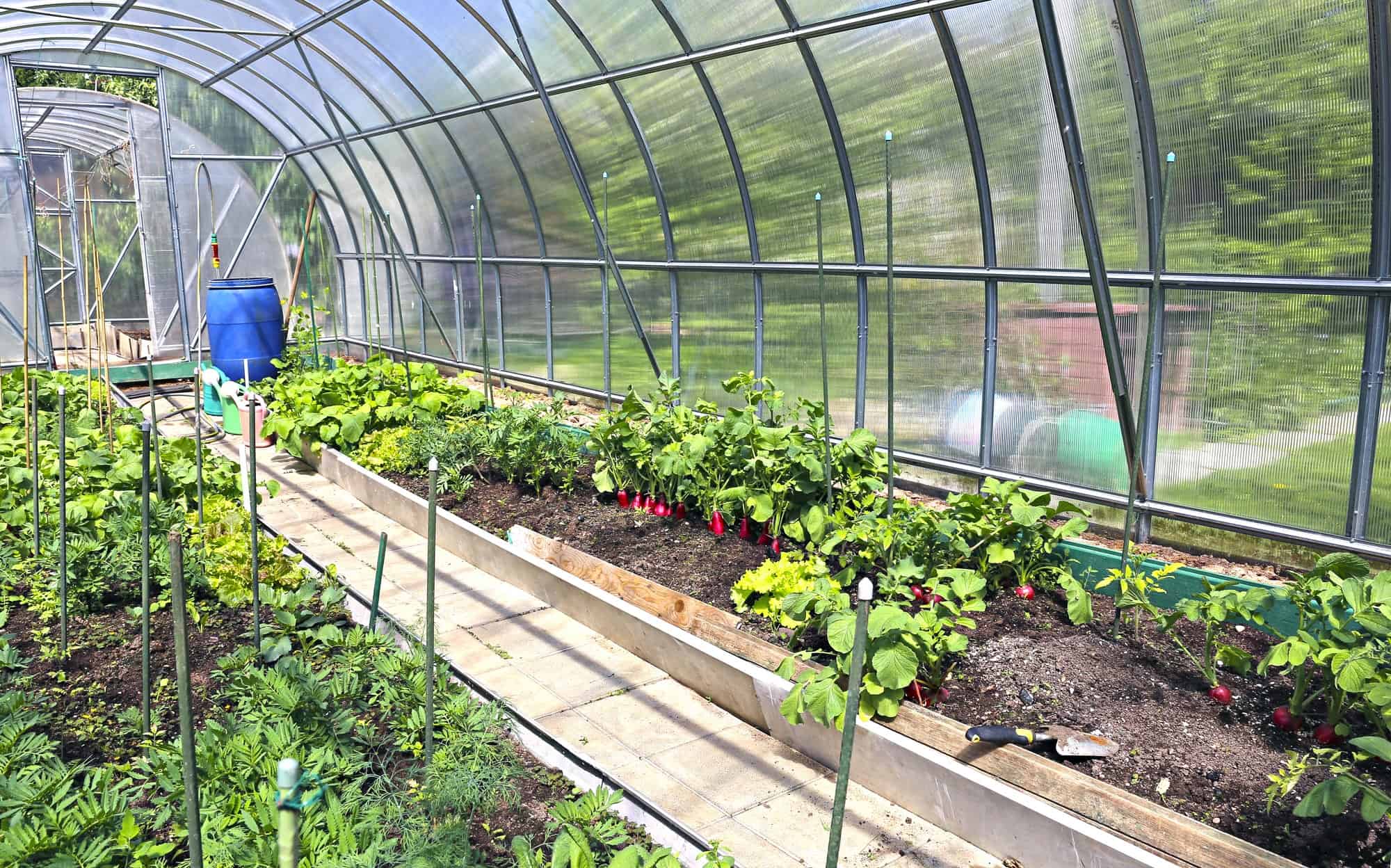Home>Gardening Techniques>Plant Care>How Long Do Willow Trees Take To Grow
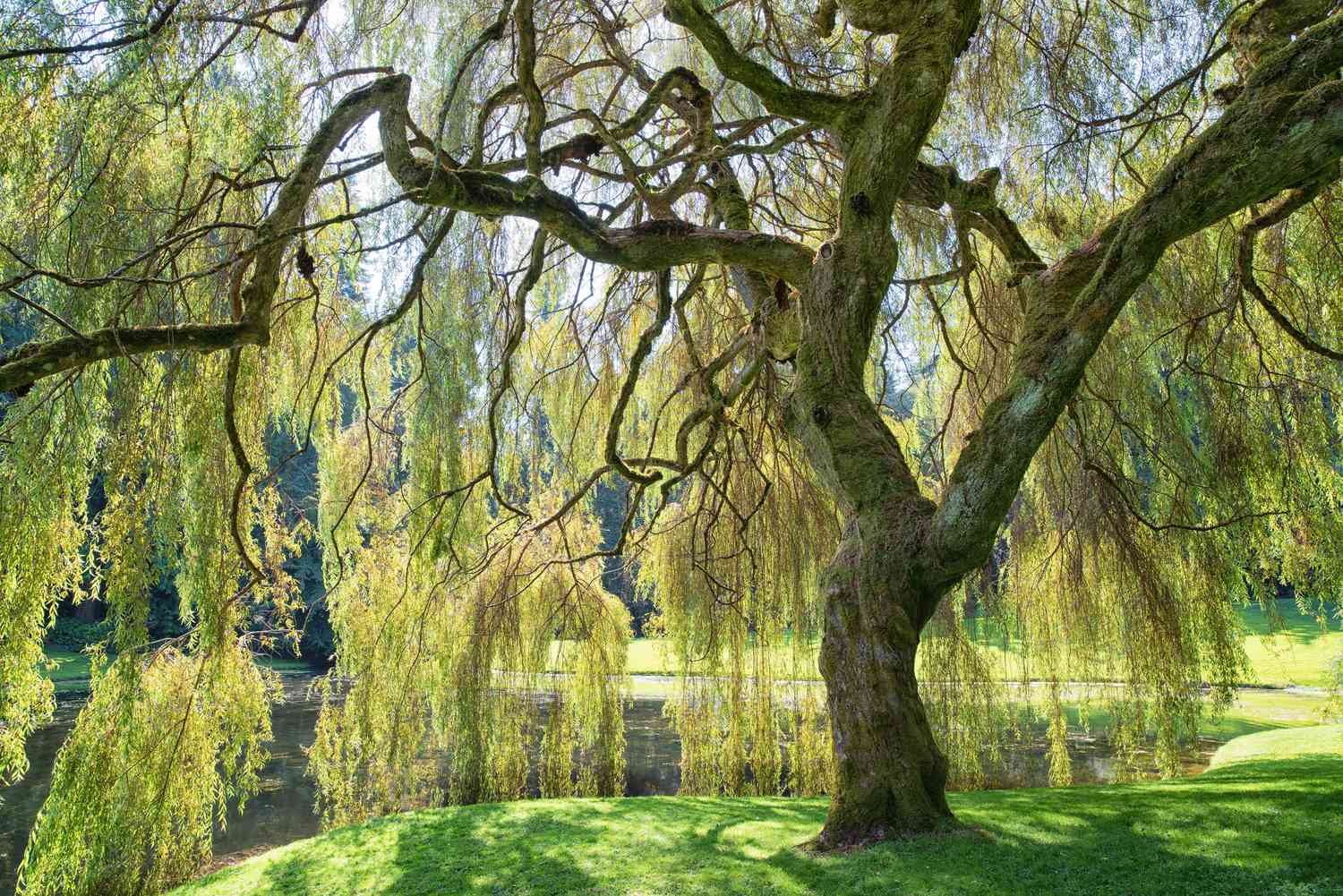

Plant Care
How Long Do Willow Trees Take To Grow
Published: November 9, 2023
Discover the plant care tips for growing willow trees. Learn how long it takes for these beautiful trees to reach their full growth potential.
(Many of the links in this article redirect to a specific reviewed product. Your purchase of these products through affiliate links helps to generate commission for Chicagolandgardening.com, at no extra cost. Learn more)
Table of Contents
Introduction
Welcome to the world of plant care! If you have a passion for nurturing plants and creating a vibrant green space, understanding the growth and care requirements of specific plant species is essential. In this article, we will explore the growth process of willow trees, a popular choice for landscaping and gardening enthusiasts.
Willows, known for their graceful appearance and mesmerizing foliage, are deciduous trees that belong to the Salix genus. These trees have been sought after for centuries due to their aesthetic appeal and their ability to thrive in various environmental conditions. The growth of willow trees is an intriguing process, influenced by several factors such as the species, environmental conditions, and care provided.
Throughout this article, we will delve into the factors that affect the growth rate of willow trees, the environmental conditions that foster their growth, and how long it takes for these majestic trees to reach maturity. Furthermore, we will provide some valuable tips to accelerate the growth of your willow trees and ensure they flourish in your garden or landscape.
Whether you are a seasoned gardener or a beginner, this article will equip you with the knowledge and insights to successfully nurture willow trees and create a stunning natural environment. So, let’s embark on this journey to unveil the wonders of willow tree growth!
Factors Affecting Willow Tree Growth
Several factors play a crucial role in determining the growth and development of willow trees. By understanding these factors, you can effectively cultivate a healthy and thriving willow tree in your garden or landscape. Let’s explore the key factors that impact the growth of willow trees:
- Species: There are different species of willow trees, each with its own growth characteristics. Some species, such as the weeping willow (Salix babylonica), grow rapidly and can reach heights of up to 30 feet within a few years, while other species may grow at a slower pace. It’s important to research and choose the right species that aligns with your desired growth rate and final size.
- Soil Conditions: The soil composition and fertility level significantly affect the growth of willow trees. These trees prefer moist, well-draining soil with a slightly acidic to neutral pH. They can adapt to different soil types, but fertile soil enriched with organic matter yields the best results. Ensuring proper soil preparation and regular fertilization will provide the necessary nutrients for optimal growth.
- Watering: Willow trees have high moisture requirements, especially during their early growth stages. Adequate watering is crucial for their development. Regularly watering the trees, especially during dry spells or drought conditions, will support their growth and prevent stress or dehydration.
- Light Exposure: Willows thrive in full sun to partial shade conditions. They require a minimum of 6 hours of sunlight per day to fuel their photosynthesis process and promote healthy growth. However, some species, like the dappled willow (Salix integra ‘Hakuro Nishiki’), can tolerate more shade. It’s important to consider the light exposure requirements of your chosen willow species when planning their placement in your garden.
- Temperature: Willow trees are hardy and can tolerate a wide range of temperatures. However, extreme heat or cold can inhibit their growth. Optimal temperature conditions for willow tree growth range from 65°F to 85°F (18°C to 29°C). In colder regions, certain species of willows, such as the Arctic willow (Salix arctica), are better suited due to their ability to withstand freezing temperatures.
By considering these factors and creating the right conditions, you can lay a solid foundation for the growth and development of your willow trees. Remember, each factor influences the overall health and vigor of the trees, impacting their growth rate and vitality.
Growth Rate of Willow Trees
The growth rate of willow trees can vary depending on several factors, including the species, environmental conditions, and care provided. Generally, willow trees are known for their rapid growth, making them a popular choice for creating privacy screens, windbreaks, or shading in a short period.
Different species of willow trees exhibit varying growth rates. Some species, such as the weeping willow, can grow at a staggering rate of 3-8 feet per year under optimal conditions. These fast-growing species can reach heights of 30-40 feet within just a few years.
On the other hand, some species of willow trees have a slower growth rate. For example, the Arctic willow is a dwarf species that grows at a slower pace, typically reaching a height of 2-6 feet over several years.
The growth rate of willow trees is also influenced by environmental conditions. Adequate sunlight, moist and fertile soil, regular watering, and proper care can accelerate their growth. In contrast, unfavorable conditions such as insufficient sunlight, poor soil quality, drought, or neglect can slow down their growth rate.
It’s important to note that while willow trees are renowned for their rapid growth, their growth rate can eventually stabilize as they reach maturity. Once the trees have reached their maximum height, the growth rate will slow down, and the focus will shift to maintaining the tree’s health and strength.
By providing the optimal conditions for growth and ensuring proper care, you can maximize the growth rate of your willow trees. Regular pruning, fertilizing, and monitoring for any signs of pests or diseases will help to promote healthy growth and maintain the beauty of these magnificent trees.
Overall, the growth rate of willow trees is impressive and can significantly transform your garden or landscape within a relatively short period. With the right species selection and proper care, you can enjoy the beauty and benefits of these fast-growing trees in your outdoor space.
Environmental Conditions for Willow Tree Growth
The growth and development of willow trees are heavily influenced by environmental conditions. Creating the right conditions ensures that these trees flourish and thrive. Let’s explore the key environmental factors that play a vital role in the growth of willow trees:
1. Sunlight: Willow trees thrive in full sun to partial shade conditions. They require a minimum of 6 hours of direct sunlight per day to fuel their photosynthesis process and promote healthy growth. Insufficient sunlight can lead to weak and leggy growth, while excessive shade can hinder their development.
2. Soil: Willow trees are adaptable and can grow in a variety of soil types. However, they prefer moist, well-draining soil with a slightly acidic to neutral pH. Avoid waterlogged or overly dry soils, as this can cause root rot or dehydration. Adding organic matter, such as compost, to the soil improves its fertility, drainage, and moisture-retaining capacity.
3. Water: Willow trees have high moisture requirements, especially during their early growth stages. Adequate watering is crucial to support their development. Young trees may need frequent watering, especially during dry spells or drought conditions. Once established, they can tolerate moderate drought but still benefit from regular watering.
4. Temperature: Willow trees are hardy and can tolerate a wide range of temperatures. However, extreme heat or cold can adversely affect their growth. Optimal temperature conditions for willow tree growth range from 65°F to 85°F (18°C to 29°C). In colder regions, certain species of willows are better suited due to their ability to withstand freezing temperatures.
5. Wind and Shelter: Strong winds can damage the delicate branches and leaves of willow trees. Providing a sheltered location or windbreak, such as a fence or other trees, can protect them from wind damage and promote healthy growth.
6. Space: Willow trees have a robust root system and can spread wide. Ensure that you provide enough space for their root expansion without causing any obstruction to other plants or structures in your garden. Plan their placement accordingly to avoid potential issues in the future.
By understanding and creating the right environmental conditions, you can foster the growth of your willow trees and ensure their long-term health and vitality. Regular monitoring, proper watering, and timely care will help these trees thrive in your garden or landscape.
How Long Does It Take for Willow Trees to Reach Maturity?
The time it takes for willow trees to reach maturity can vary depending on several factors, including the species, growing conditions, and care provided. Generally, willow trees are known for their relatively fast growth compared to many other tree species.
Some fast-growing willow tree species, like the weeping willow (Salix babylonica), can reach a significant height within a short span of time. These trees typically grow at a rate of 3-8 feet per year under optimal conditions. Within just a few years, they can grow to heights of 30-40 feet. Other fast-growing species, such as the white willow (Salix alba), can also achieve a substantial height within a relatively short period.
On the other hand, slower-growing willow tree species, like the Arctic willow (Salix arctica), may take longer to reach maturity. These dwarf species typically grow at a slower pace and reach a height of 2-6 feet over several years.
In general, it can take anywhere from 5 to 10 years for most willow trees to reach a considerable height and size. However, it’s important to note that reaching maturity doesn’t necessarily mean that the tree stops growing. Willow trees can continue to grow and develop throughout their lifespan, albeit at a slower pace once they have reached their maximum height.
Factors such as proper care, optimal growing conditions, and suitable species selection can influence the growth rate and time taken for willow trees to reach maturity. Providing adequate sunlight, regular watering, proper soil fertility, and timely pruning can all contribute to a healthier and more vigorous growth rate.
It’s essential to have patience and continue providing care and maintenance as the tree grows. With time, your willow tree will establish a strong root system, develop a robust canopy, and showcase its majestic beauty, adding grace and charm to your garden or landscape.
Remember, each willow tree has its own unique growth trajectory, and factors such as climate, soil conditions, and care practices can impact the time it takes to reach maturity. By nurturing and supporting their growth, you can enjoy the beauty and benefits of fully matured willow trees in your outdoor space.
Willow Tree Growth in Different Regions
The growth of willow trees can vary depending on the specific region and climate in which they are planted. Different regions have different temperature ranges, soil conditions, and moisture levels, all of which can impact the growth and development of willow trees. Let’s explore how willow tree growth can differ in various regions:
1. Temperate Regions: Willow trees thrive in temperate regions with moderate rainfall and mild temperatures. These regions provide optimal conditions for their growth, allowing them to reach their full potential. Examples of temperate regions where willow trees flourish include parts of Europe, North America, and parts of Asia.
2. Dry and Arid Regions: Willow trees generally prefer moist soil conditions and regular water availability. In dry and arid regions with low rainfall, willow tree growth may be more challenging. However, certain species, like the desert willow (Chilopsis linearis), have adapted to tolerate arid conditions and can thrive in desert regions with proper care and watering.
3. Tropical and Subtropical Regions: Willow trees can be found in tropical and subtropical regions where the climate is warm and rainfall is abundant. The warm temperatures and high humidity in these regions create favorable conditions for their growth. Species like the weeping willow (Salix babylonica) and the corkscrew willow (Salix matsudana ‘Tortuosa’) can thrive in these regions, showcasing their characteristic fast growth and lush foliage.
4. Cold and Northern Regions: Some species of willows, such as the Arctic willow (Salix arctica), have adapted to withstand freezing temperatures and thrive in cold northern regions. These trees exhibit slower growth but are well-suited to the harsh climates of regions like the Arctic tundra and subarctic areas.
It’s important to select willow tree species that are well-suited to the specific climate and environmental conditions of your region. Local nurseries or horticultural experts can provide guidance on appropriate species selection for your area.
While willow trees have the ability to adapt to various regions, providing optimal growing conditions and care will greatly enhance their growth and vitality. Regular watering, proper soil preparation, and protection from extreme weather conditions will help ensure the successful growth of willow trees in different regions.
By understanding the specific requirements of the chosen willow tree species and adapting the care practices to suit your region, you can enjoy the beauty and benefits of these magnificent trees, regardless of your location.
Tips for Accelerating Willow Tree Growth
If you’re looking to speed up the growth of your willow trees, there are several tips and techniques you can employ. By providing the right conditions and care, you can help accelerate their growth and create a lush and thriving landscape. Here are some key tips for accelerating willow tree growth:
- Choose Fast-Growing Species: Select willow tree species known for their rapid growth, such as the weeping willow (Salix babylonica) or the white willow (Salix alba). These species have the potential to grow quickly and can significantly increase in height and size in a short period.
- Optimal Planting Time: Plant your willow trees during the appropriate season to optimize their growth. In temperate regions, spring or early fall is generally the best time for planting. The trees will have ample time to establish their root system and acclimatize before facing extreme weather conditions.
- Provide Adequate Sunlight: Willow trees thrive in full sun to partial shade conditions. Ensure they receive at least 6 hours of direct sunlight each day to fuel their photosynthesis process and promote healthy growth. Prune surrounding trees or structures that may cast excessive shade on your willow trees.
- Regular Watering: Willow trees have high moisture requirements, especially during their early growth stages. Provide regular and deep watering to keep the soil consistently moist. Avoid overwatering or allowing the soil to become waterlogged, as this can lead to root rot. Mulching around the base of the trees can help retain soil moisture.
- Fertilize Appropriately: Apply a balanced fertilizer formulated for trees, rich in nitrogen, phosphorus, and potassium, to provide essential nutrients for growth. Follow the instructions on the fertilizer packaging and apply it during the growing season. Be cautious not to over-fertilize, as this can damage the trees.
- Pruning for Vigorous Growth: Regular pruning helps stimulate new growth and maintain the desired shape and size of the trees. Prune in early spring or late winter while the tree is still dormant. Remove any dead or diseased branches and encourage lateral branching to promote bushier growth.
- Protect from Pests and Diseases: Monitor your willow trees for any signs of pests or diseases and take appropriate measures to control them. Common pests that can affect willow trees include aphids, caterpillars, and scale insects. Regular inspection and early intervention can prevent damage and promote healthy growth.
- Maintain a Healthy Soil: Ensure the soil around your willow trees is well-draining and rich in organic matter. Regularly add compost or organic mulch to enrich the soil and improve its fertility. A healthy soil environment will provide the necessary nutrients and support strong root development.
By implementing these tips, you can create optimal conditions for your willow trees’ growth and help them thrive. Remember to adjust your care practices based on the specific needs of your chosen willow tree species and your local climate. With dedication and proper care, you can enjoy the rapid growth and lush foliage of your willow trees in no time.
Conclusion
Willow trees are not only beautiful and graceful additions to any garden or landscape, but they also offer numerous benefits such as shade, privacy, and wildlife habitat. Understanding the growth process and requirements of these magnificent trees is essential for their successful cultivation. By considering factors such as species selection, environmental conditions, and proper care, you can accelerate the growth of willow trees and create a stunning natural oasis.
Factors like species, soil conditions, watering, light exposure, and temperature all play a role in the growth of willow trees. Different species have different growth rates, with some growing rapidly and reaching substantial heights within a few years. Providing favorable environmental conditions, such as adequate sunlight, moist and well-draining soil, and regular watering, helps promote healthy growth.
Willow trees can reach maturity in 5 to 10 years, depending on the species and the care provided. It’s important to note that even after reaching maturity, willow trees continue to grow, albeit at a slower pace. Maintaining their health through regular pruning, fertilizing, and pest control measures ensures their long-term vitality.
Willow tree growth can differ in various regions, with adaptations to specific climates and environmental conditions. Understanding the specific needs of the chosen species and adapting care practices accordingly are key to success. By providing optimal conditions and care, you can foster willow tree growth in temperate, arid, tropical, subtropical, and even cold regions.
If you’re looking to speed up the growth of your willow trees, tips such as species selection, proper planting, sunlight exposure, regular watering, appropriate fertilization, pruning, and pest control can all contribute to accelerated growth.
In conclusion, cultivating and accelerating the growth of willow trees requires a combination of knowledge, patience, and proper care. Whether you’re creating a privacy screen, adding shade to your outdoor space, or incorporating these majestic trees into your landscape design, the effort invested in their growth will be rewarded with a visually stunning and vibrant natural environment.



